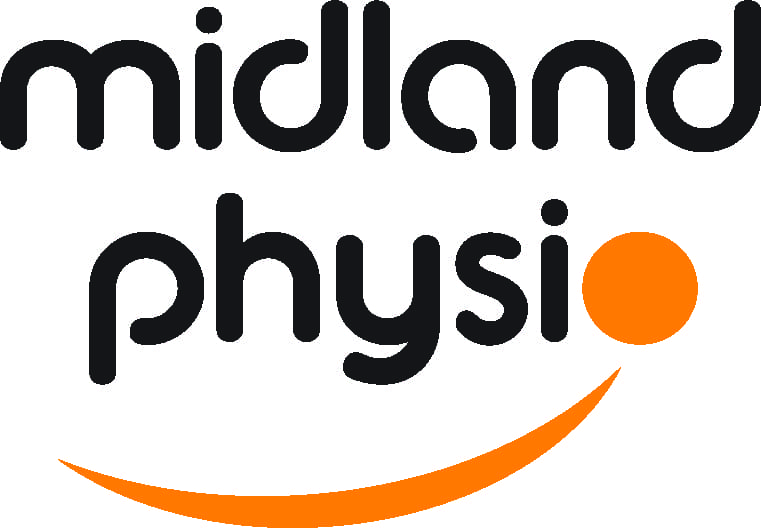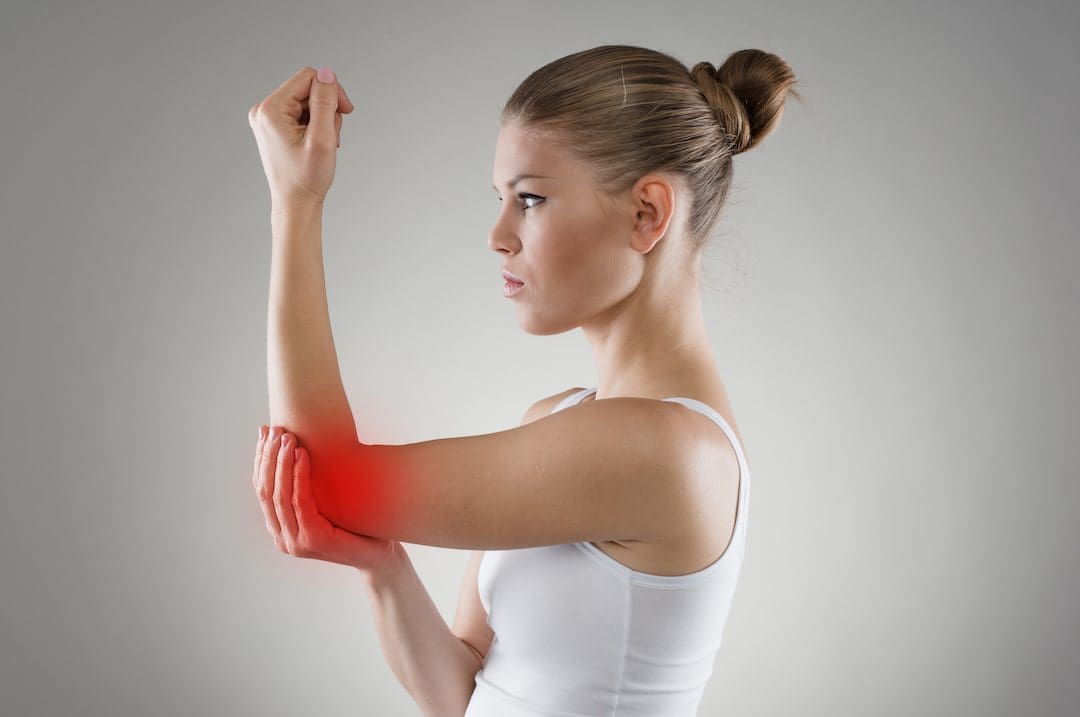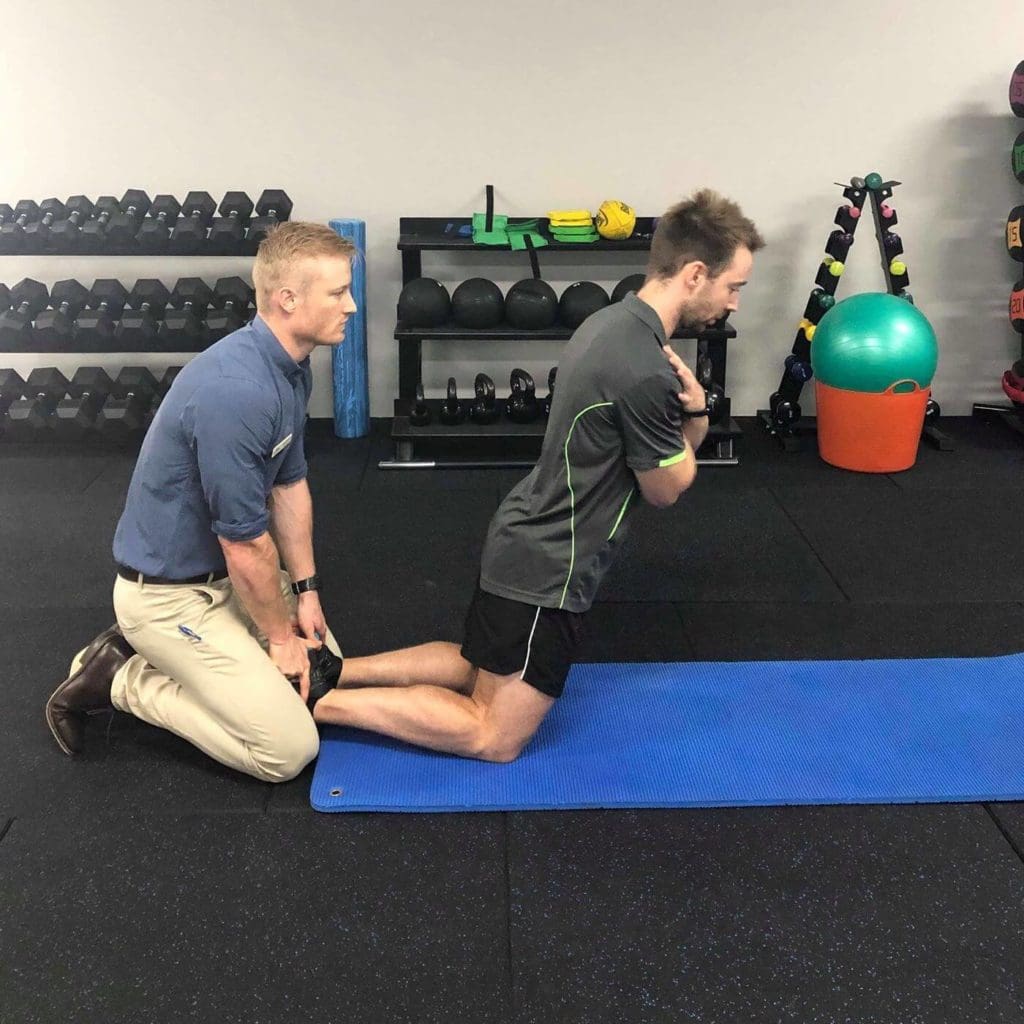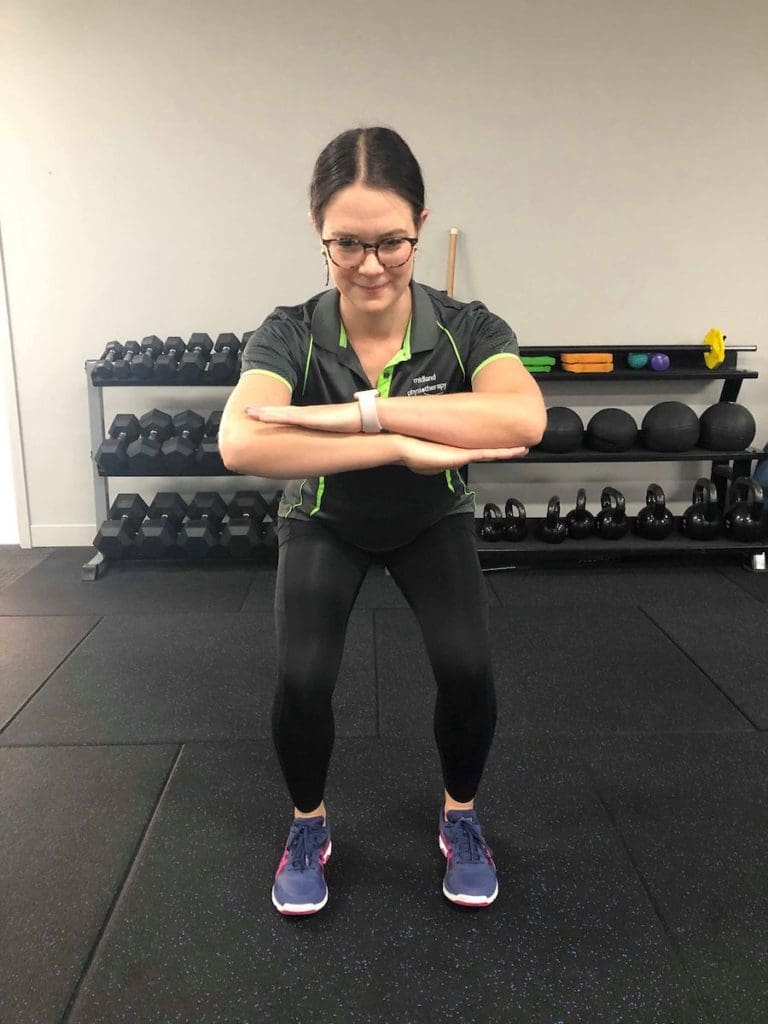Introduction:
The rotator cuff, a group of four tendons surrounding the shoulder joint, plays a crucial role in shoulder function. When impaired, rotator cuff injuries can lead to pain, weakness, and impaired range of motion.
Today, I am to cover a comprehensive overview of rotator cuff repair, covering diagnosis, surgical options, and postoperative rehabilitation.
What are Rotator Cuff Injuries?
Rotator cuff injuries often result from overuse, trauma, or the natural aging process. Common symptoms include persistent shoulder pain, weakness, and difficulty raising the arm. Imaging techniques such as MRI are typically employed to diagnose the extent of the injury.
Non-Surgical Management:
Not all rotator cuff injuries require surgery. Conservative approaches, including rest, physiotherapy, anti-inflammatory medications, and corticosteroid injections, may be recommended initially. However, if these methods fail to alleviate symptoms, surgical intervention may be considered.
Surgical Options:
Rotator cuff repair surgery aims to reattach or strengthen the damaged tendons. Arthroscopic surgery, a minimally invasive technique, is often preferred. During the procedure, the surgeon uses small incisions and a tiny camera to visualize and repair the damaged tissue.
Rehabilitation:
Postoperative rehabilitation is critical for a successful recovery. Physical therapy typically begins soon after surgery and focuses on restoring range of motion, strength, and function. Patients are guided through a progressive exercise program tailored to their specific needs, gradually advancing from passive to active movements.
Expected Outcomes:
The success of rotator cuff repair varies depending on factors such as the size of the tear, patient age, and overall health. Most patients experience significant improvement in pain and function, with a gradual return to normal activities.
Future Research:
Advancements in surgical techniques, such as the use of biologics and tissue engineering, hold promise for enhancing rotator cuff repair outcomes. Ongoing research aims to optimize surgical approaches and rehabilitation protocols.
Conclusion:
Rotator cuff repair is a well-established procedure with a high rate of success in alleviating pain and restoring function. Early diagnosis, appropriate non-surgical management, and, when necessary, timely surgical intervention followed by diligent rehabilitation are key components of a comprehensive approach to managing rotator cuff injuries.
As research and technology continue to progress, the future holds the promise of even more effective and personalized treatments for individuals with rotator cuff issues.
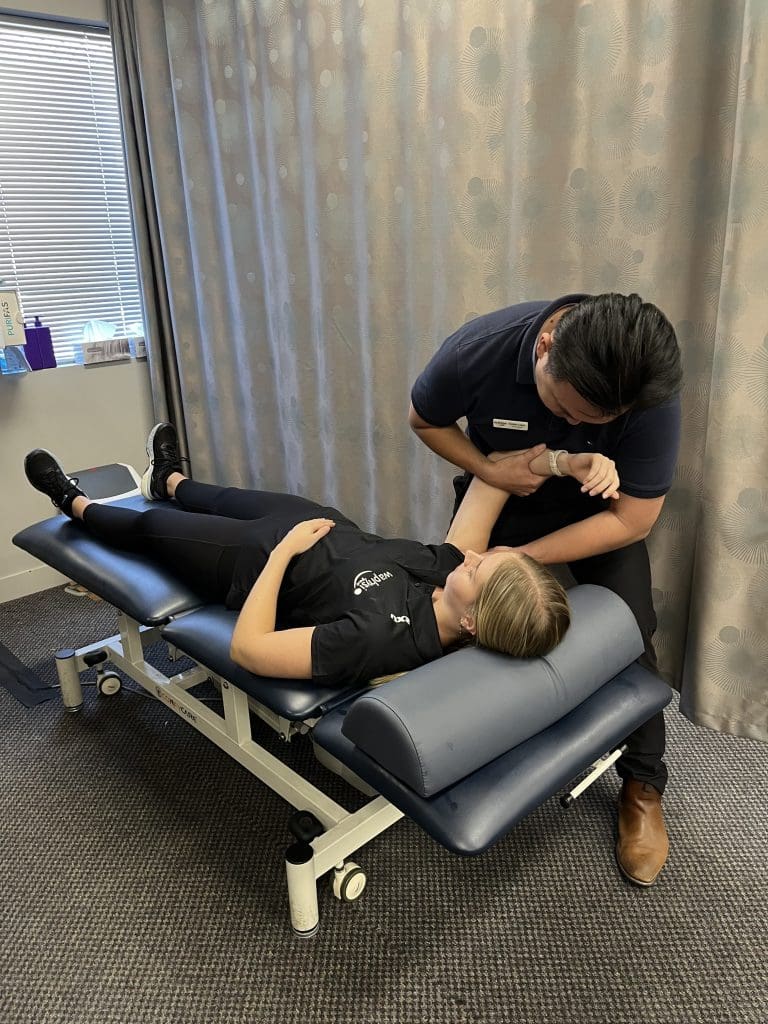
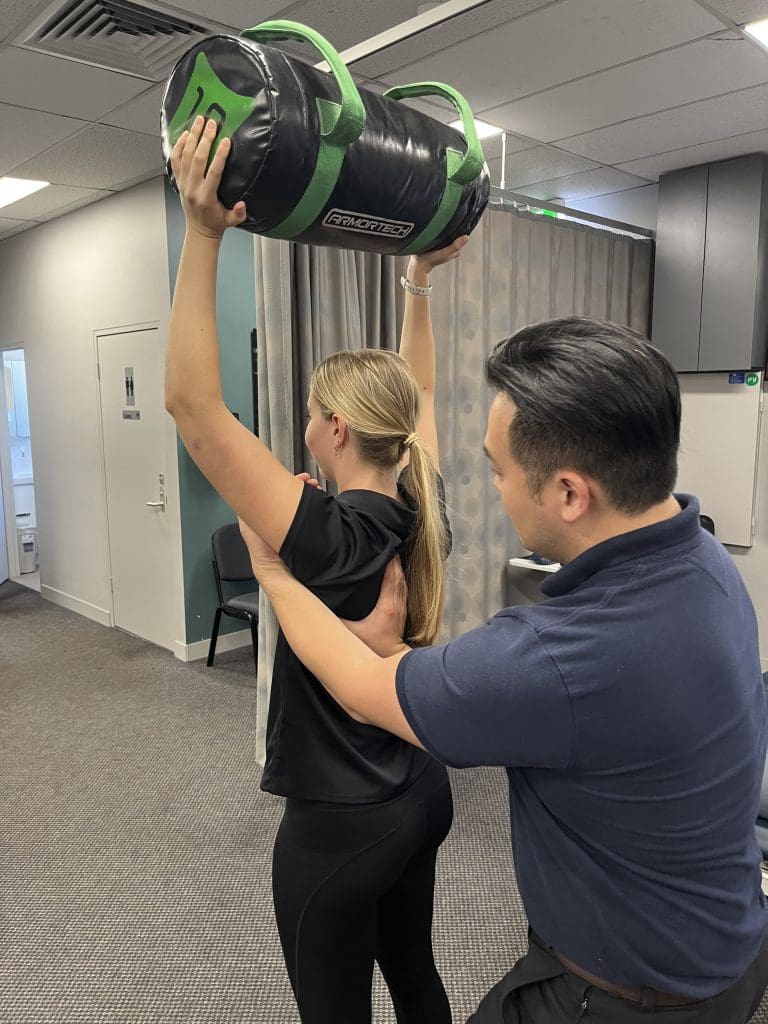
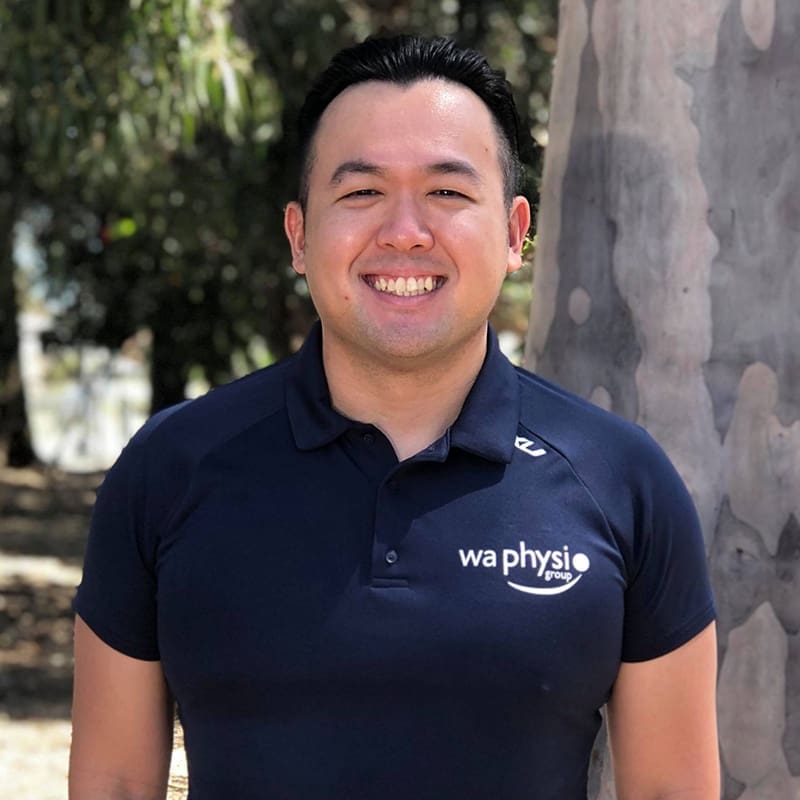
Edwin Liam
Physiotherapist
Edwin graduated from the Masters of Physiotherapy course in Curtin University. Before Physiotherapy, Edwin did a double Major (Sports Science and Exercise & Health) at UWA.
Edwin previously worked as an Exercise Physiologist who was involved in the planning and execution of training for a Singapore university triathlon squad. Edwin has also previously worked as a swimming instructor, for adults and children with intellectual disabilities. In addition to his background knowledge on hydrotherapy and functional rehabilitation, Edwin believes that any health care consultation should involve essential communication and collaboration. This empowers patients to have the most holistic and enjoyable experience.
Outside of work, when Edwin is not training or planning his next triathlon season, he enjoys learning new cooking recipes, getting engrossed in comics, and planning for the next coffee or night-out date with friends.
AREAS OF INTEREST:
Sporting and Musculoskeletal injuries
Overuse injuries and functional rehabilitation.
